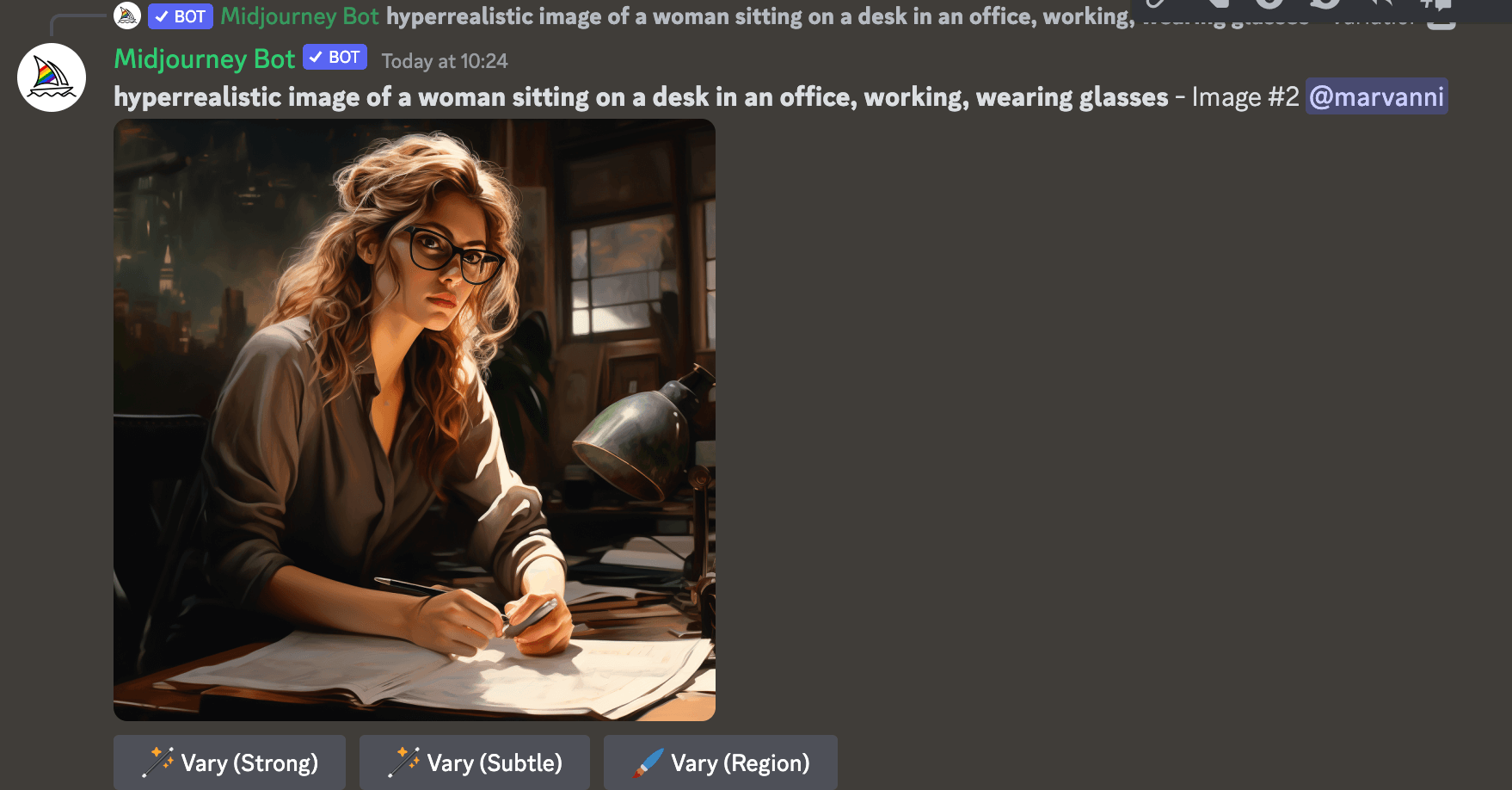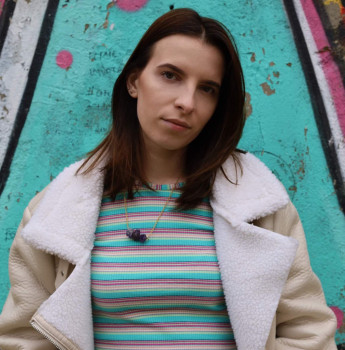How AI Image-Generators Work
AI image generators have risen as a fascinating and transformative force in the ever-evolving world of technology. These digital wonders are revolutionizing creative processes and leaving a significant mark across different fields.
In this article, we'll take you on a journey through the world of AI image generators, exploring their usage, application, and the technology that powers them.
Check out: 8 Midjourney Alternatives Worthwhile Trying.
Understanding AI Image Generators - What are they, and how do they work?
If you're new to the concept, AI image generators can be thought of as digital artists with a twist – they don't use paintbrushes or pencils; instead, they rely on sophisticated algorithms and neural networks. At their core, these generators are designed to create images autonomously, often in response to specific input or commands.
- Definition and Basic Principles: AI image generators operate on a set of foundational principles that guide their creative processes. These principles implement the rules and algorithms that enable them to produce visually appealing images.
- Types of AI Image Generators: Just like artists, AI image generators come in various styles and specializations. Some are adept at generating realistic images, while others excel in producing abstract or stylized visuals. Exploring these different types can open up exciting creative possibilities.
.png)
🎨 Explore another AI image generator - Canva AI Generator, and learn how to use it.
It's crucial to understand the technology that empowers AI image generators. At the heart of this innovation lies two fundamental elements: neural networks and data sources.
- Neural Networks and Deep Learning: Think of neural networks as the brains behind the operation. These networks are inspired by the structure of the human brain and are trained to recognize patterns, textures, and visual cues. Deep learning techniques make it possible for these networks to refine their abilities through exposure to vast datasets.
- Data Sources and Training: Just like artists hone their skills through practice, AI image generators improve with exposure to data. These machines are fed an extensive range of images and information, allowing them to understand and replicate different artistic styles and elements.

You might also like: Midjourney vs. Diffusion Art - Which One is Better for You?
How to Use AI Image Generators
Since we’re getting into all the specifics regarding AI image generators, it's important to understand how to use these powerful tools effectively. This section will break down the process into two key aspects: selecting the right AI image generator and a step-by-step guide to generating images.
Selecting the Right AI Image Generator
The first step in your AI image generator adventure is choosing the right tool for your specific needs. Here's how to go about it:
- Consideration of Specific Needs: Every project has unique requirements. Before starting, take a moment to think about what you're looking to achieve. Are you creating artwork, designing marketing materials, or working on something entirely different? Understanding your specific needs will help you narrow down the options and find a generator that aligns with your goals. Currently, the most famous tool on a global level is Midjourney.
- Comparison of Popular Tools: The AI image generator landscape is teeming with options, and staying informed is essential. Research and compare popular tools available in the market. Look for user reviews, sample outputs, and the features they offer.
Step-by-Step Guide to Generating Images
Now that you've chosen the perfect AI image generator let's walk through the process of creating images step by step:
- Data Input Options: Your journey begins with providing input to the AI image generator. This input can vary, ranging from text descriptions to reference images. Some generators even accept prompts or keywords. Be clear and concise in your input, as it will significantly influence the results.
- Customization and Fine-Tuning: Many AI image generators offer customization options. You can tweak parameters such as style, color palette, or mood to shape the generated image according to your vision. Fine-tuning allows you to inject your unique creative touch into the process.
- Download and Integration: Once you're satisfied with the generated image, it's time to bring it into your project. Download the image in your preferred format, whether it's a high-resolution image for print or a web-ready graphic. Integration into your creative project is seamless, making it easy to incorporate AI-generated visuals into your work.
Check out: What is Midjourney AI and How Can I Use It?
Conclusion
As we conclude our exploration, it's clear that AI image generators are more than just technological marvels; they are the new key point to creativity and productivity. They empower artists, designers, marketers, and professionals from various domains to amplify their creative visions and streamline their workflows.
However, it's important to tread carefully, acknowledging the ethical concerns, limitations, and legal aspects that accompany this technology.
Looking ahead, the future of AI image generators promises even greater advancements. As technology evolves, so too will the capabilities of these tools, unlocking new horizons for creativity and productivity.
If you liked this article, you should read: Midjourney vs. Playground AI - Which One is Better For You?
You might also find these articles interesting:

-(1).jpg)